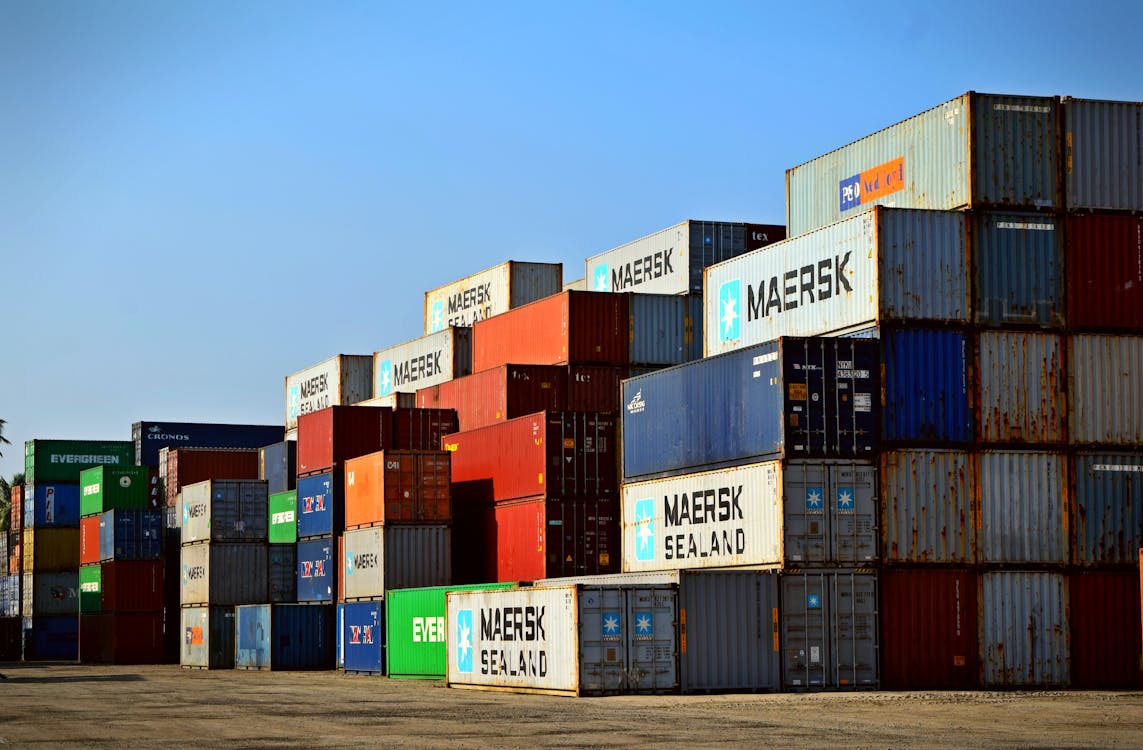The Regional Comprehensive Economic Partnership: The Largest Regional Trade Deal Ever Signed
Asia-pacific countries have recently formed the largest trading bloc in the world, constituting a total of 2.2 billion people with a combined GDP of $26.2 trillion. The Trade deal named The Regional Comprehensive Economic Partnership (RCEP), consists of 10 countries including South Korea, Japan, China, Australia and New Zealand. Negotiations for the new RCEP deal began in 2012 and finally concluded on Sunday on the sidelines of a meeting of the Association of Southeast Asian Nations (ASEAN).
Leaders hope this deal will become a catalyst for post-Coronavirus economies. “Under the current global circumstances, the fact the RCEP has been signed after eight years of negotiations brings a ray of light and hope amid the clouds,” said Chinese Premier Li Keqiang. The trade agreement will help Indonesia recover from the pandemic and possibly increase its GDP by 0.5% from 2021 to 2032. Japan too is looking for the pact to be a catalyst for its post-coronavirus economy, Japanese trade minister Hiroshi Kajiyama told reporters. The agreement will make exports of participating countries more competitive and creates an integrated market for China and regional nations. It will eliminate a range of tariff imports over the next 20 years. It also includes new tech provisions on intellectual property, telecommunications services, financial and e-commerce services. Most important though, the RCEP will simplify tariffs in the global supply chain. New provisions on the “rules of origins” will enable all members products to be treated equally. Previously, businesses with complex supply chains faced tariffs even within a Free Trade Agreement because their products’ components were made elsewhere.
The pact is seen as an extension of Chinese influence in the area. After the failed Trans-Pacific Partnership (TPP), from which former President Donald Trump withdrew from shortly after his election in 2017, China has taken its position in the region as the deal excludes the United States. The deal is not as comprehensive as the previous TPP, but it still has some significant features. While China has a number of bilateral trade agreements, this is the first time it has signed up to a regional multilateral trade pact. The deal also includes a large number of nations, so even though its contents may not be as significant, its sheer size will make this a memorable shift in trade relations. The new free trade bloc will be bigger than both the US-Mexico-Canada agreement and the European Union combined. Simply put, this agreement underscores the diminished ability of the United States to offer a counter-balance to China’s regional growing economic influence. It is uncertain how Biden will approach China’s increasing influence in trade and relations. India has withdrawn from the pact last year citing concerns that local producers may be harmed by freer trade. However, there is a clause allowing India to join the Trade Bloc. “The clause allowing India to join at a later date is symbolic and shows China’s desire to build economic bridges with the region’s third-largest economy,” said Shaun Roache, Asia Pacific chief economist at S&P Global Rating.
The Peterson Institute for International Economics estimates this deal could add 0.2% to the economy of member states. But these benefits may take some time as the deal must be ratified by six ASEAN as well as 3 non-ASEAN members. Although this is a slow process, it is a big step away from the influence of the United States towards the ever-growing influence of the economic powerhouse in the region, China.
By Paul Schamp
Photo found from: https://harakahdaily.net/index.php/2020/11/17/rcep-mengukuh-kuasa-ekonomi-politik-china/
Further Readings
- https://www.brookings.edu/blog/order-from-chaos/2020/11/16/rcep-a-new-trade-agreement-that-will-shape-global-economics-and-politics/
- https://edition.cnn.com/2020/11/16/economy/rcep-trade-agreement-intl-hnk/index.html
- https://www.economist.com/finance-and-economics/2020/11/15/the-meaning-of-rcep-the-worlds-biggest-trade-agreement


![Why the Dutch Government's Decision to Apologize for Slavery is Highly Controversial koti-g08d2737d5_1280[2457]](https://checksandbalances.clio.nl/wp-content/uploads/2022/12/koti-g08d2737d5_12802457-150x150.jpg)

I wonder how this compares to European measures to revive economies post-Covid. Very interesting analysis, Paul!